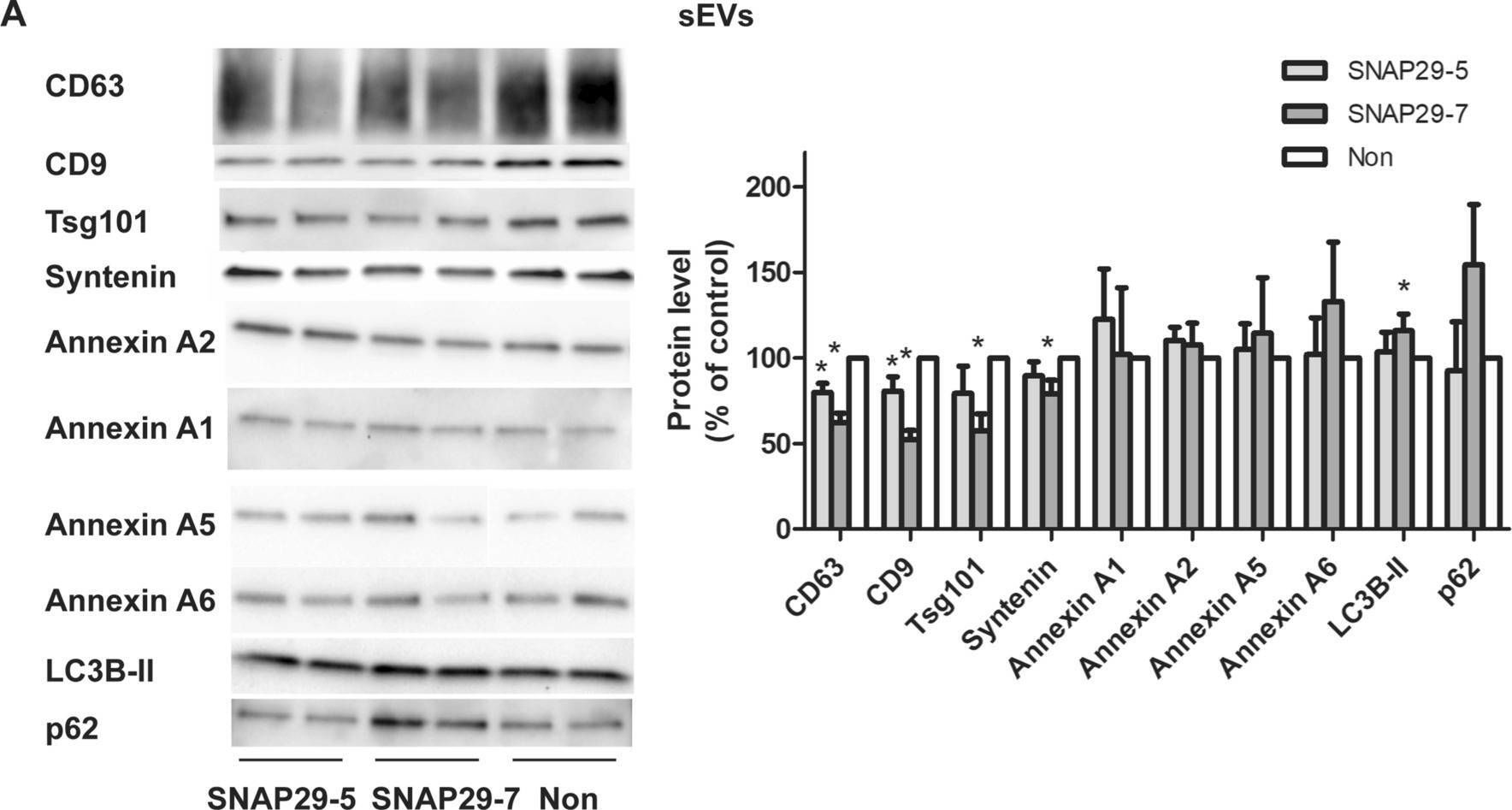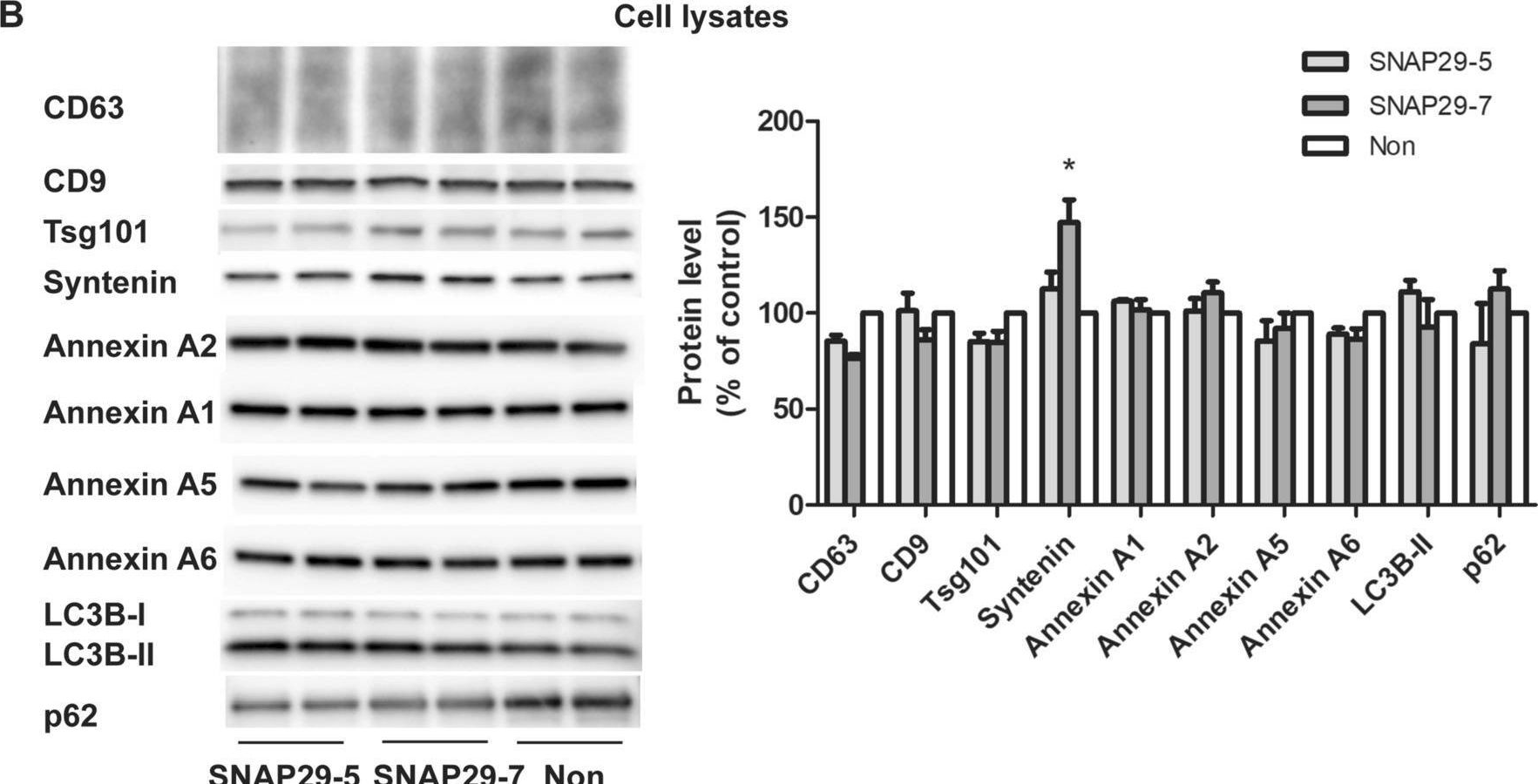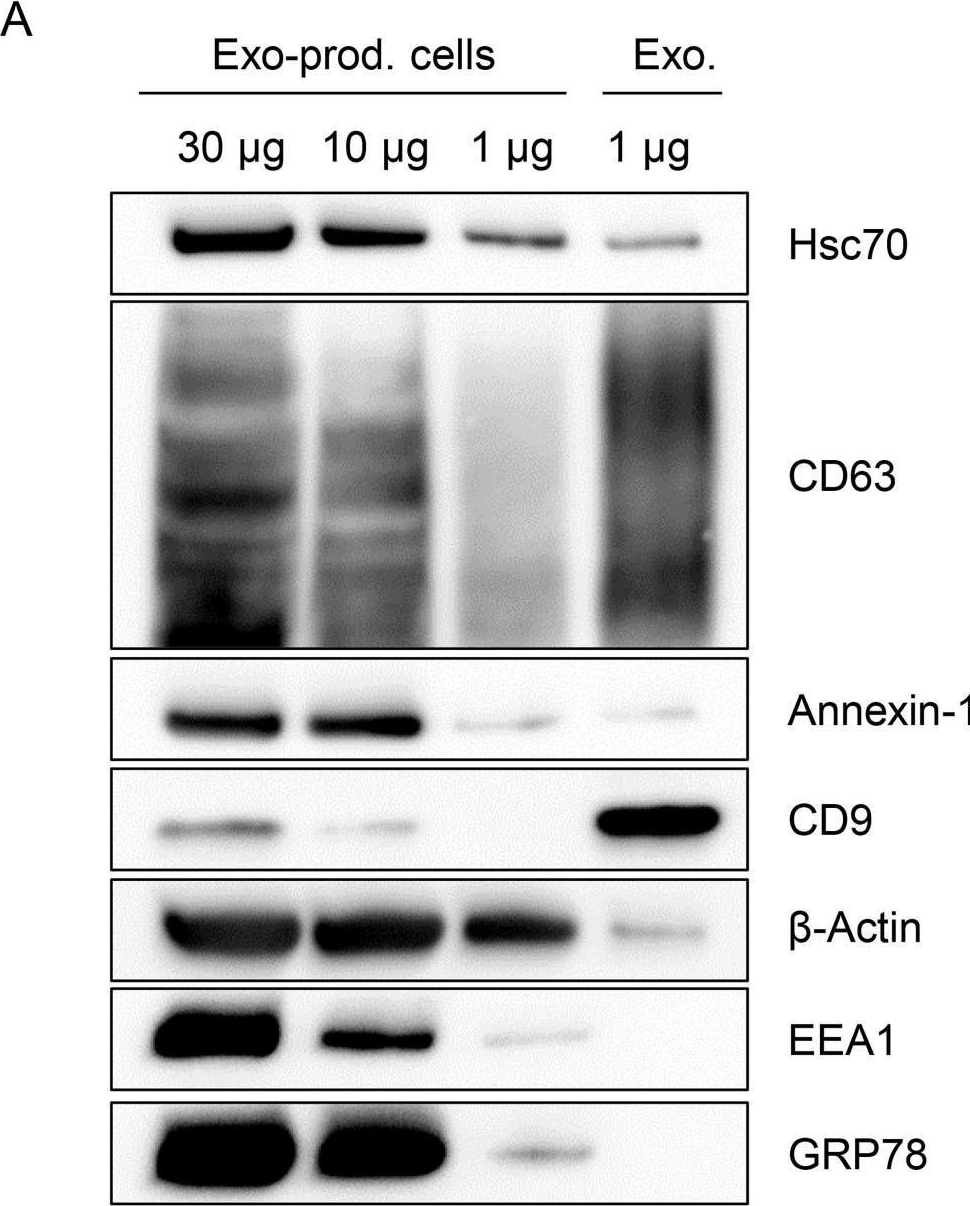Extracellular vesicles (EV) have emerged as promising cell-free therapeutics in regenerative medicine. However, translating primary cell line-derived EV to clinical applications requires large-scale manufacturing and several challenges, such as replicative senescence, donor heterogeneity, and genetic instability. To address these limitations, we used a reprogramming approach to generate human induced pluripotent stem cells (hiPSC) from the young source of cord blood mesenchymal stem/stromal cells (CBMSC). Capitalizing on their inexhaustible supply potential, hiPSC offer an attractive EV reservoir. Our approach encompassed an exhaustive characterization of hiPSC-EV, aligning with the rigorous MISEV2023 guidelines. Analyses demonstrated physical features compatible with small EV (sEV) and established their identity and purity. Moreover, the sEV-shuttled non-coding (nc) RNA landscape, focusing on the microRNA and circular RNA cargo, completed the molecular signature. The kinetics of the hiPSC-sEV release and cell internalization assays unveiled robust EV production and consistent uptake by human neurons. Furthermore, hiPSC-sEV demonstrated ex vivo cell tissue-protective properties. Finally, via bioinformatics, the potential involvement of the ncRNA cargo in the hiPSC-sEV biological effects was explored. This study significantly advances the understanding of pluripotent stem cell-derived EV. We propose cord blood MSC-derived hiPSC as a promising source for potentially therapeutic sEV.
© The author(s).
Product Citations: 23
In International Journal of Biological Sciences on 12 December 2024 by Barilani, M., Peli, V., et al.
-
Stem Cells and Developmental Biology
In International Journal of Molecular Sciences on 9 December 2024 by Bera, A., Radhakrishnan, S., et al.
Thyroid cancer is the most common endocrine malignancy in the United States, with an overall favorable prognosis. However, some patients experience poor outcomes due to the development of resistance to conventional therapies. Genetic alterations, including mutations in BRAF, Met, and p53, play critical roles in thyroid cancer progression, with the BRAF V600E mutation detected in over 60% of cases. This study investigates the tumor-suppressive role of Annexin A7 (ANXA7) in thyroid cancer, focusing on its potential impact on tumor behavior and therapeutic response. Our analysis, which included RNA sequencing and protein profiling, revealed reduced ANXA7 expression in thyroid cancer cells, particularly in those harboring the BRAF V600E mutation. Upon treatment with inhibitors targeting BRAF and MEK, ANXA7 expression increased, leading to reduced phosphorylation of ERK and activation of apoptotic pathways. Additionally, we identified the cyclin-dependent kinase inhibitor p21 as a key player in modulating resistance to BRAF inhibitors. Combination therapies aimed at concurrently increasing p21 and ANXA7 levels resulted in a marked enhancement of apoptosis. These findings suggest a previously uncharacterized regulatory network involving the ANXA7/p21/BRAF/MAPK/p53 axis, which may contribute to drug resistance in thyroid cancer. This study provides new insights into overcoming resistance to BRAF and MAPK inhibitors, with implications for treating thyroid cancer and potentially other BRAF-mutant tumors. Future efforts will focus on high-throughput screening approaches to explore ANXA7-targeted therapeutic strategies for thyroid cancer.
-
Homo sapiens (Human)
-
Cancer Research
-
Endocrinology and Physiology
In Clinical Epigenetics on 10 November 2024 by Calina, T. G., Perez, E., et al.
We have recently constructed a DNA methylation classifier that can discriminate between pancreatic ductal adenocarcinoma (PAAD) liver metastasis and intrahepatic cholangiocarcinoma (iCCA) with high accuracy (PAAD-iCCA-Classifier). PAAD is one of the leading causes of cancer of unknown primary and diagnosis is based on exclusion of other malignancies. Therefore, our focus was to investigate whether the PAAD-iCCA-Classifier can be used to diagnose PAAD metastases from other sites.
For this scope, the anomaly detection filter of the initial classifier was expanded by 8 additional mimicker carcinomas, amounting to a total of 10 carcinomas in the negative class. We validated the updated version of the classifier on a validation set, which consisted of a biological cohort (n = 3579) and a technical one (n = 15). We then assessed the performance of the classifier on a test set, which included a positive control cohort of 16 PAAD metastases from various sites and a cohort of 124 negative control samples consisting of 96 breast cancer metastases from 18 anatomical sites and 28 carcinoma metastases to the brain.
The updated PAAD-iCCA-Classifier achieved 98.21% accuracy on the biological validation samples, and on the technical validation ones it reached 100%. The classifier also correctly identified 15/16 (93.75%) metastases of the positive control as PAAD, and on the negative control, it correctly classified 122/124 samples (98.39%) for a 97.85% overall accuracy on the test set. We used this DNA methylation dataset to explore the organotropism of PAAD metastases and observed that PAAD liver metastases are distinct from PAAD peritoneal carcinomatosis and primary PAAD, and are characterized by specific copy number alterations and hypomethylation of enhancers involved in epithelial-mesenchymal-transition.
The updated PAAD-iCCA-Classifier (available at https://classifier.tgc-research.de/ ) can accurately classify PAAD samples from various metastatic sites and it can serve as a diagnostic aid.
© 2024. The Author(s).
-
Homo sapiens (Human)
-
Cancer Research
-
Genetics
In Journal of Extracellular Vesicles on 1 July 2024 by Zhang, X., Greve, P. F., et al.
Seminal plasma induces immune tolerance towards paternal allogenic antigens within the female reproductive tract and during foetal development. Recent evidence suggests a role for extracellular vesicles in seminal plasma (spEVs). We isolated spEVs from seminal plasma that was donated by vasectomized men, thereby excluding any contributions from the testis or epididymis. Previous analysis demonstrated that such isolated spEVs originate mainly from the prostate. Here we observed that when isolated fluorescently labelled spEVs were mixed with peripheral blood mononuclear cells, they were endocytosed predominantly by monocytes, and to a lesser extent also by T-cells. In a mixed lymphocyte reaction, T-cell proliferation was inhibited by spEVs. A direct effect of spEVs on T-cells was demonstrated when isolated T cells were activated by anti-CD3/CD28 coated beads. Again, spEVs interfered with T cell proliferation, as well as with the expression of CD25 and the release of IFN-γ, TNF, and IL-2. Moreover, spEVs stimulated the expression of Foxp3 and IL-10 by CD4+CD25+CD127- T cells, indicating differentiation into regulatory T-cells (Tregs). Prior treatment of spEVs with proteinase K revoked their effects on T-cells, indicating a requirement for surface-exposed spEV proteins. The adenosine A2A receptor-specific antagonist CPI-444 also reduced effects of spEVs on T-cells, consistent with the notion that the development of Tregs and their immune suppressive functions are under the influence of adenosine-A2A receptor signalling. We found that adenosine is highly enriched in spEVs and propose that spEVs are targeted to and endocytosed by T-cells, after which they may release their adenosine content into the lumen of endosomes, thus allowing endosome-localized A2A receptor signalling in spEVs targeted T-cells. Collectively, these data support the idea that spEVs can prime T cells directly for differentiation into Tregs.
© 2024 The Author(s). Journal of Extracellular Vesicles published by Wiley Periodicals LLC on behalf of International Society for Extracellular Vesicles.
-
WB
-
Immunology and Microbiology
In Journal of Extracellular Vesicles on 1 December 2023 by Barreca, V., Boussadia, Z., et al.
Exosomes are among the most puzzling vehicles of intercellular communication, but several crucial aspects of their biogenesis remain elusive, primarily due to the difficulty in purifying vesicles with similar sizes and densities. Here we report an effective methodology for labelling small extracellular vesicles (sEV) using Bodipy FL C16, a fluorescent palmitic acid analogue. In this study, we present compelling evidence that the fluorescent sEV population derived from Bodipy C16-labelled cells represents a discrete subpopulation of small exosomes following an intracellular pathway. Rapid cellular uptake and metabolism of Bodipy C16 resulted in the incorporation of fluorescent phospholipids into intracellular organelles specifically excluding the plasma membrane and ultimately becoming part of the exosomal membrane. Importantly, our fluorescence labelling method facilitated accurate quantification and characterization of exosomes, overcoming the limitations of nonspecific dye incorporation into heterogeneous vesicle populations. The characterization of Bodipy-labelled exosomes reveals their enrichment in tetraspanin markers, particularly CD63 and CD81, and in minor proportion CD9. Moreover, we employed nanoFACS sorting and electron microscopy to confirm the exosomal nature of Bodipy-labelled vesicles. This innovative metabolic labelling approach, based on the fate of a fatty acid, offers new avenues for investigating exosome biogenesis and functional properties in various physiological and pathological contexts.
© 2023 The Authors. Journal of Extracellular Vesicles published by Wiley Periodicals LLC on behalf of International Society for Extracellular Vesicles.
-
WB
-
Homo sapiens (Human)
-
Biochemistry and Molecular biology
-
Cell Biology
In Cell Mol Life Sci on 7 June 2023 by Hessvik, N. P., Sagini, K., et al.
Fig.5.A

-
WB
-
Collected and cropped from Cellular and Molecular Life Sciences : CMLS by CiteAb, provided under a CC-BY license
Image 1 of 6
In Cell Mol Life Sci on 7 June 2023 by Hessvik, N. P., Sagini, K., et al.
Fig.5.B

-
WB
-
Collected and cropped from Cellular and Molecular Life Sciences : CMLS by CiteAb, provided under a CC-BY license
Image 1 of 6
In Cell Mol Life Sci on 7 June 2023 by Hessvik, N. P., Sagini, K., et al.
Fig.6.B

-
WB
-
Collected and cropped from Cellular and Molecular Life Sciences : CMLS by CiteAb, provided under a CC-BY license
Image 1 of 6
In Cell Mol Life Sci on 7 June 2023 by Hessvik, N. P., Sagini, K., et al.
Fig.6.A

-
WB
-
Collected and cropped from Cellular and Molecular Life Sciences : CMLS by CiteAb, provided under a CC-BY license
Image 1 of 6
In PLoS Pathog on 1 March 2015 by Honegger, A., Schilling, D., et al.
Fig.7.A

-
WB
-
Collected and cropped from PLoS Pathogens by CiteAb, provided under a CC-BY license
Image 1 of 6
In Oncotarget on 20 February 2015 by Wang, Z., Yang, J., et al.
Fig.1.C

-
WB
-
Homo sapiens (Human)
Collected and cropped from Oncotarget by CiteAb, provided under a CC-BY license
Image 1 of 6





